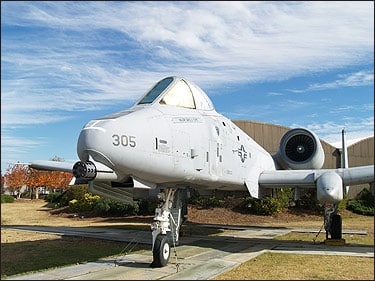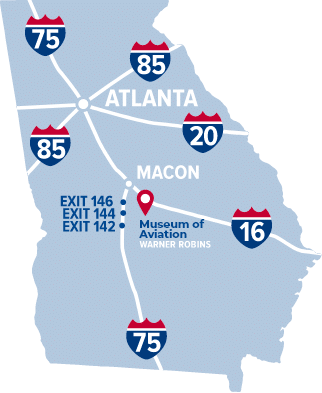The A-10 is the first USAF aircraft designed specifically for close air support of ground forces. It is named for the famous P-47 Thunderbolt, a fighter often used in a close air support role during the latter part of WWII. The A-10 is designed for maneuverability at low speeds and low altitudes for accurate weapons delivery, and carries systems and armor to permit it to survive in this environment. It is intended for use against ground targets, but specifically tanks and other armored vehicles. The Thunderbolt II’s great endurance gives it a large combat radius and/or long loiter time in the battle area. Its short takeoff and landing (STOL) capability permits operating from airstrips close to front lines. Service at forward base areas with limited facilities is possible because of the A-10’s simplicity of design.
The first prototype Thunderbolt II made its initial flight on 10 May 1972. A-10A production commenced in 1975. Delivery of aircraft to USAF units began in 1976 and ended in 1984.
The A-10 on display was delivered to the USAF in July 1977 to the 354th Tactical Fighter Wing at Myrtle Beach AFB, South Carolina. It later flew with the 355th Tactical Fighter Wing and Tactical Training Wing at Davis Monthan AFB, Arizona before being retired from active flying service in June 1992. It was later transferred to the Eielson AFB, Alaska to serve as maintenance instructional trainer before being flown via C-5 transport to Robins AFB for display at the Museum of Aviation in 2007.












